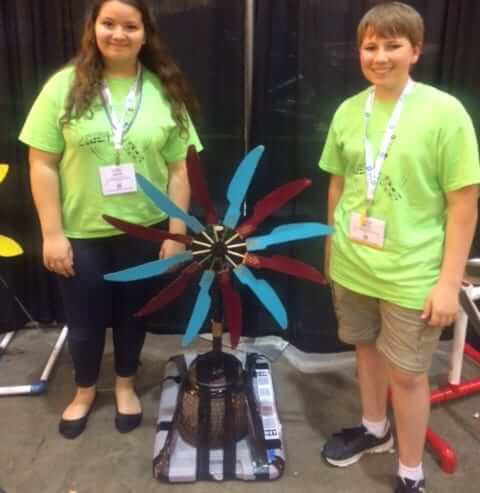The kids are alright – and really, really smart
I am not an engineer. But I don’t have to be one to appreciate how smart the hundreds of kids from around the U.S. are that have gathered in New Orleans over the past few days to take part in the annual National KidWind Challenge.
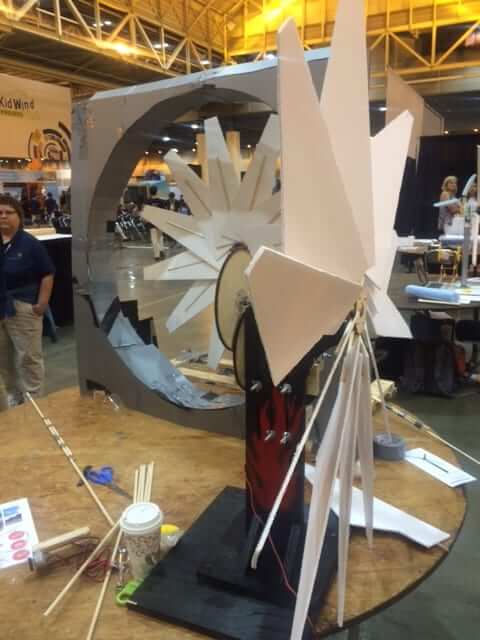
That’s super important considering we’re going to need the next generation of wind engineers and scientists to not just double the U.S. wind energy industry in the next five years, but also double again by 2030 to supply 20 percent of U.S. electricity. And it’s especially important consider the industry’s mission in order to get there is to advance our technology in order to continue lowering wind power costs that have already dropped 66 percent in the last six years.
Over 400 high school and middle school students on teams representing on dozens of schools competed in the final round of the annual competition this week during the Western Hemisphere’s largest wind power conference all year. The event, which is co-sponsored by General Electric and the American Wind Energy Association (AWEA), tests middle-school and high-school students’ ability to design hand-crafted wind turbine models with the highest energy output. Teams win based on being the most innovative, showing the best teamwork and or on their creativity in solving instant challenges. Top performers can win a share of over $5,000 in cash and prizes.
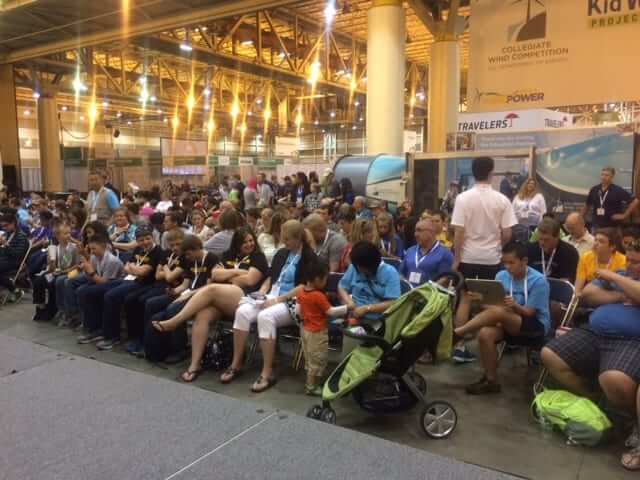
While the grand prizes are exciting, organizers of the event stressed that its not about the result but the energy and effort each team places into the competition. An important reminder considering we’re going to need as much of these kids’ talents as possible in order to continue scaling up at the rate needed.
So what drives their effort? What makes this next generation the most excited about competing in the KidWind Challenge? Some of whom have come as far away as Alaska, the U.S. Virgin Islands and even Australia. I asked a few students to find out.
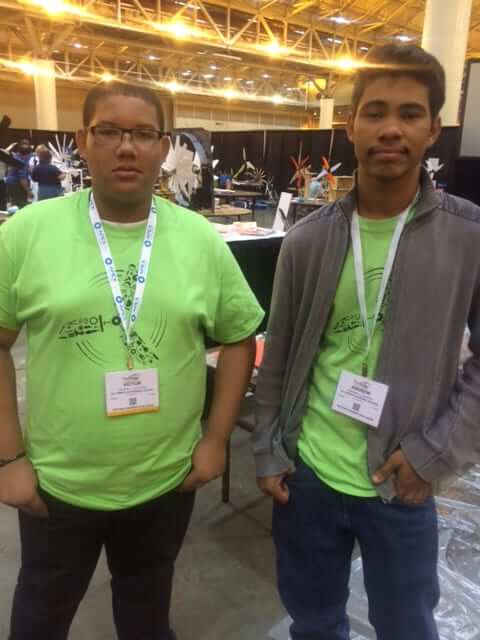
For Victor La Place, 15, above, from All Saints Cathedral School in the U.S. Virgin Islands, he got interested because his friends were participating. Fortunate for La Place as his coach told me he was one of the smartest students on the team. He’s exciting because he gets to put his technical skills to the test and thinks participating in competitions like this will help better prepare him to later become a commercial or corporate pilot. But it’s not just about a future career, La Place wants to keep doing this as a hobby because he just finds it fascinating.
Also from All Saints is Andrew Lawson, a sophomore, he finds it exciting just to see their model work and has found entering the competition to be a “good experience” being able to investigate wind turbine design and everything that goes into that, including variable pitch, tip speed ratio and other technical aspects. He wants to be a mechanical engineer and get a job in the maritime industry.

I also checked in with Seth and Nadia, 8th graders traveling from the Londonderry School Pennsylvania (one of whom I found later lives one block from my parents, small world).
Seth got involved because his friends already on the team knew he was interested in engineering. The most exciting thing about the competition he said was “coming to New Orleans, meeting cool people with new inventions and getting free swag.” WINDPOWER 2016 features well over 100 exhibitors showcasing emerging wind energy technology for current and future developers of wind farms and others. Seth wants to be a pilot and thinks participating in competitions like these will better prepare him for what lies ahead.
Nadia participated last year and wanted to come back again. She joined the science club and heard about wind energy and found it interesting. She said the most exciting thing is “seeing all the kinds of blades, access to all the knowledge on the show floor and asking people here what they do in the wind industry.” She wants to go into biomedical engineering.
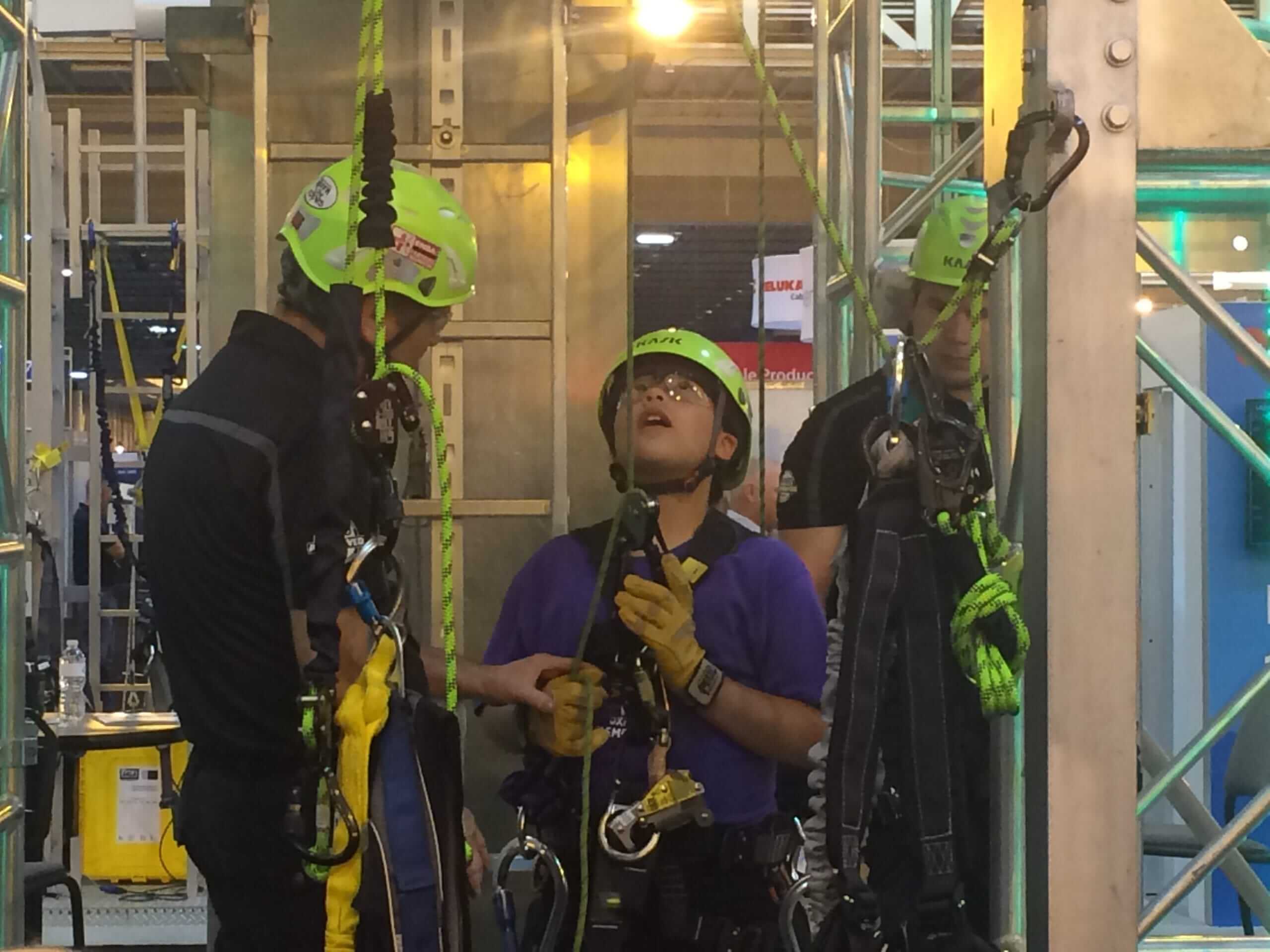
Others got to test out a ‘virtual wind farm tour’
KidWind competitors using @ACCIONA_US virtual reality wind farm tour #GenerationWind pic.twitter.com/KSlwlQKmO1
— American Wind Energy (@AWEA) May 24, 2016
Exploring other teams’ designs, climbing towers, and getting free “swag” has got to be pretty fun, but perhaps the most exciting of all for these students was the chance to get featured on the local evening news Tuesday night.
Or if that’s not cool enough, how about Abby Hopper, Director of U.S. Bureau of Ocean Energy Management, a government organization playing a critical role in helping the country take advantage of its offshore wind energy resources.
@Director_Hopper speaks with @KidWind_Project students about their projects @ #WINDPOWER16 We’re in Booth #3756 pic.twitter.com/MU63mOcexi
— BOEM (@BOEM_DOI) May 25, 2016
There’s a good chance the KidWind Challenge will be back again next year, and this time we’re going to be in Anaheim, Southern California (Disneyland anyone?). So students, put those thinking caps on and let’s see what you can do to help grow America’s solution to cut carbon pollution and create jobs for generations to come.

